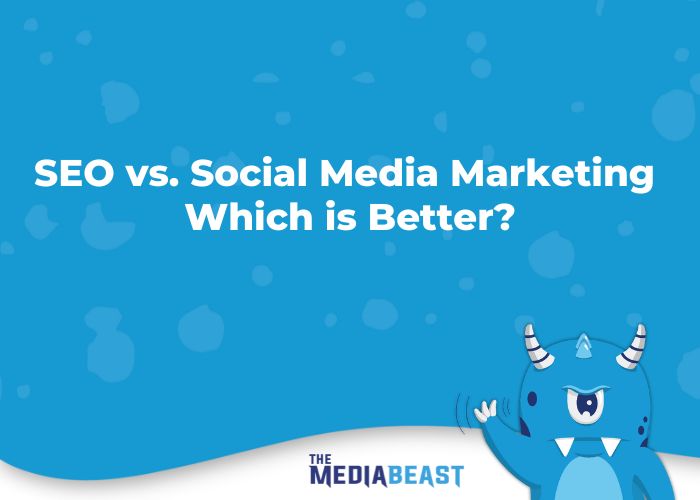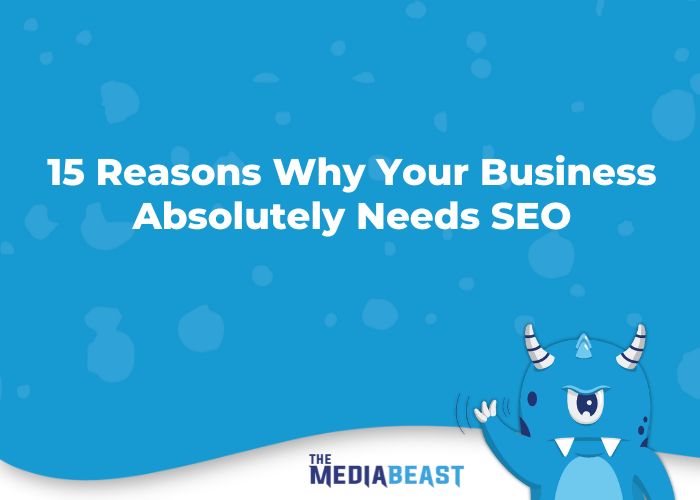RETAIL MEDIA IS POISED TO BECOME ONE OF THE MOST POTENT AND WELL-FUNDED AREAS OF MARKETING INVESTMENT AMONG BRANDS. AND THE ROLE OF RETAIL MEDIA IS EVOLVING.
What started as a way for brands to engage shoppers during their in-store experience, has now grown to allow brands to find new ways to engage shoppers throughout their customer journey. Increasingly, marketers are looking to retail media to close the loop between broader campaign activity and consumer purchases.
In fact, retail data is viewed by marketers as effective in both building brands and driving conversions: 39 percent of those surveyed said they use it to drive brand equity scores, while 44 percent said they now use retail data to track sales growth. Why? Because retail data is rooted in valuable sales data — or the data associated with a purchase. This typically includes product information, SKU-data, the time of purchase, payment used, location, among other details. Access to past purchase data helps marketers best predict future purchase behavior or habits. These details enable marketers to understand what media tactics are leading to sales.
That’s why 76 percent of marketers say they plan to use point-of-sale data either frequently or very frequently over the next year. Moreover, the number of marketers who said they intend to use point-ofsale data very frequently is expected to nearly triple in the next 12 months (from 16 percent to 44 percent, respectively). As a result, sales data is crucial for brands, especially as the marketers surveyed noted their top challenges as measuring business outcomes (32 percent), understanding the increased complexity of the customer journey (32 percent) and optimizing cross channel campaigns (32 percent). Retail data addresses many of these challenges. This data also opens new avenues for more accurate and actionable attribution tracking across digital and physical environments.
While tracking the impact of search-based ads placed on retailers’ sites is fairly straightforward and immediate, marketers can use shopper data to connect digital ad exposures on the web to real-world, in-store purchases. This is great news for the 43 percent of brands surveyed who noted sales growth as a top KPI of marketing success. What was once abstract is now possible — consumer packaged goods (CPG) brands can connect ad exposures to in-store purchases made by specific target audiences. Additionally, CPGs can work with retailers to advertise specific products to consumers by leveraging SKU-level insights and then measure the sales impact across a wide array of distribution outlets. This levels the playing field for a sector of the industry that is looking to leverage its valuable data, such as insights from loyalty programs, in a privacy-conscious manner.

SEO: Marketing or Operational / Capital Expense?
Any business that leverages their online presence to grow their business must pay attention to search. If you don't think so than you're probably not going to be in business very long or [...]
SEO vs. Social Media Marketing – Which is Better?
With online marketing, there’s a debate raging among experts over which strategy is best to grow your business. Would SEO or social media marketing be the better option? Often, businesses will hire an SEO [...]
15 Reasons Why Your Business Absolutely Needs SEO
Brands need SEO first, as it is the most viable and cost-effective way to both understand and reach customers in key moments that matter. This year, the need for SEO rose to an all-time high. As consumers [...]






